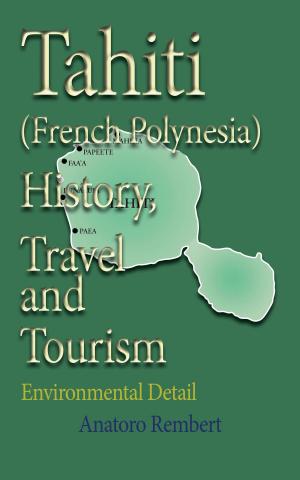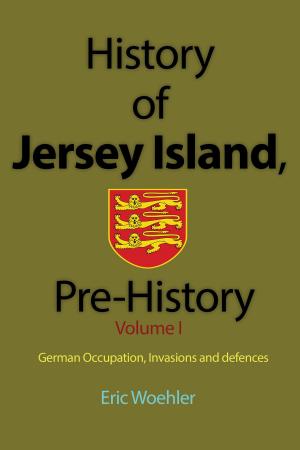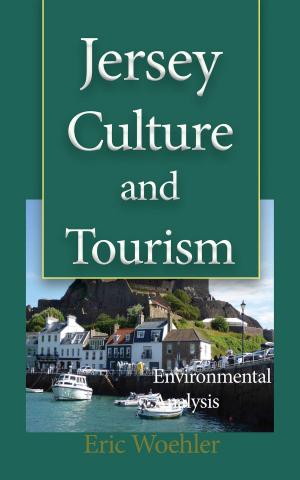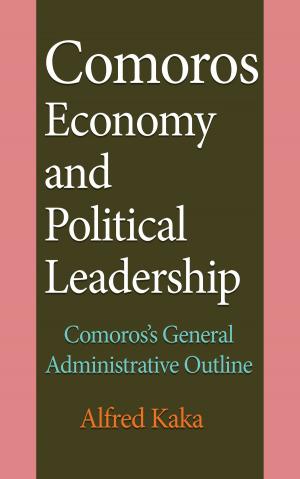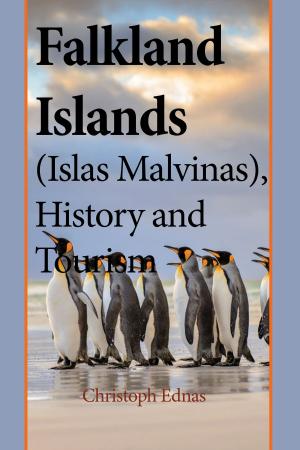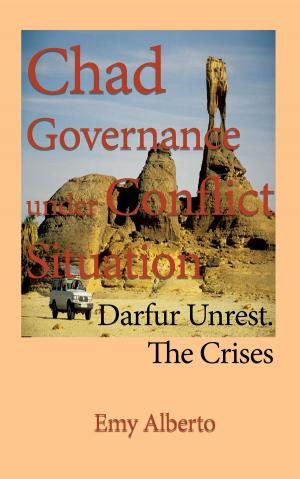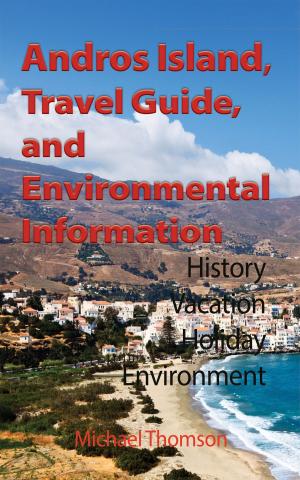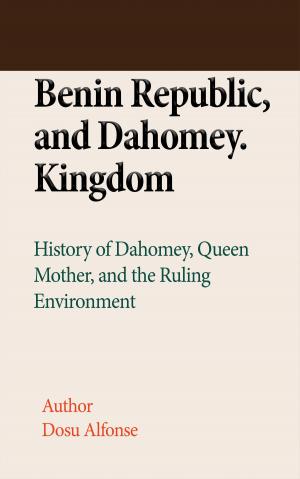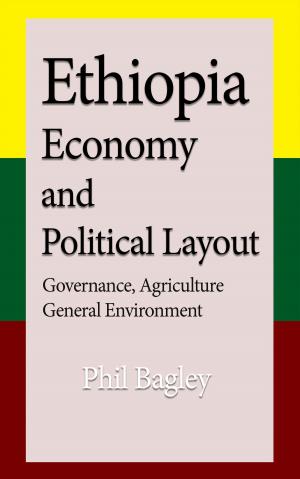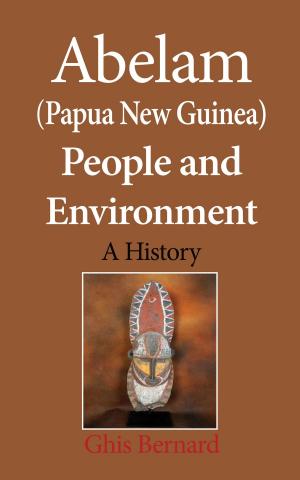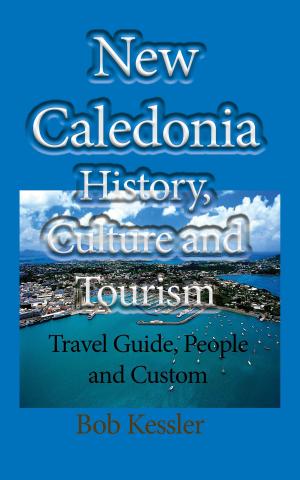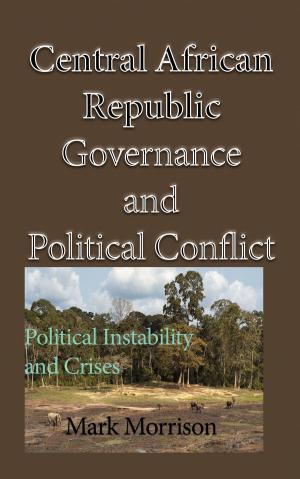Faroe Islands (Sheep Island) History, Travel and Tourism: Government, Economy, People and Tradition
Nonfiction, Travel, Europe, Western Europe, History| Author: | Christoph Ednas | ISBN: | 9781370350087 |
| Publisher: | Jean Marc Bertrand | Publication: | October 25, 2017 |
| Imprint: | Smashwords Edition | Language: | English |
| Author: | Christoph Ednas |
| ISBN: | 9781370350087 |
| Publisher: | Jean Marc Bertrand |
| Publication: | October 25, 2017 |
| Imprint: | Smashwords Edition |
| Language: | English |
Faroe Islands (Sheep Island) History, Travel and Tourism. Government, Economy, People and Tradition. A Book. The earliest inhabitants of the Faeroe Islands were probably Irish monks in the 600s, though there is little archeological evidence of their presence. Norse colonization, however, is well documented. Vikings found the islands in the early 800s, drove out the monks, and took over. But since the Faeroe Islands had only a few small stunted trees these Norse “conquerors” had to change their way of life. It was not possible to build boats and there were no coastal towns nearby to raid and plunder. The Norse Vikings in the Faeroe Islands built scattered farms of Norwegian design in the more fertile areas of the islands. The people farmed the land, reared cattle and sheep, hunted birds, caught fish, and gathered food. But the islands never have been entirely self-sufficient. Important goods like timber, iron and other metals, limestone and tools, as well as luxuries, had to be imported; and the Faeroese exported wool, tallow, fish oil, and down feathers.
Faroe Islands (Sheep Island) History, Travel and Tourism. Government, Economy, People and Tradition. A Book. The earliest inhabitants of the Faeroe Islands were probably Irish monks in the 600s, though there is little archeological evidence of their presence. Norse colonization, however, is well documented. Vikings found the islands in the early 800s, drove out the monks, and took over. But since the Faeroe Islands had only a few small stunted trees these Norse “conquerors” had to change their way of life. It was not possible to build boats and there were no coastal towns nearby to raid and plunder. The Norse Vikings in the Faeroe Islands built scattered farms of Norwegian design in the more fertile areas of the islands. The people farmed the land, reared cattle and sheep, hunted birds, caught fish, and gathered food. But the islands never have been entirely self-sufficient. Important goods like timber, iron and other metals, limestone and tools, as well as luxuries, had to be imported; and the Faeroese exported wool, tallow, fish oil, and down feathers.

